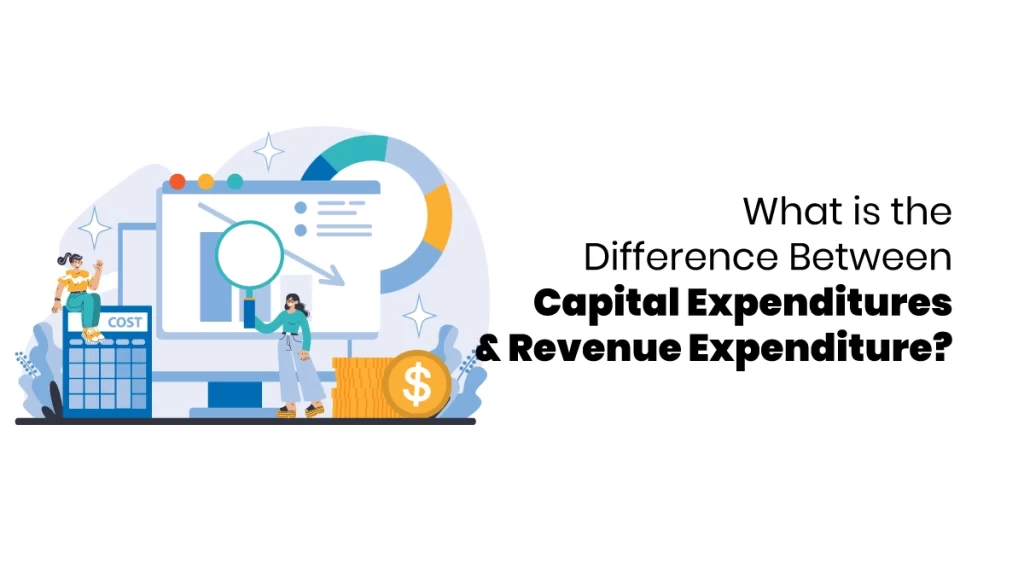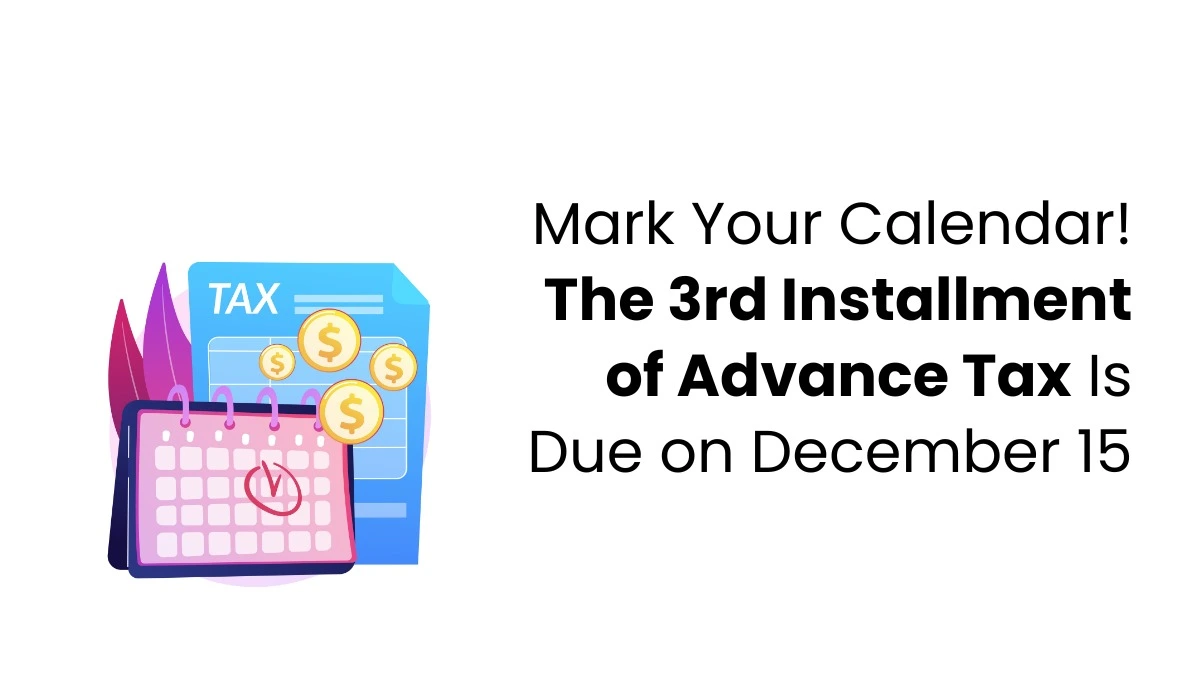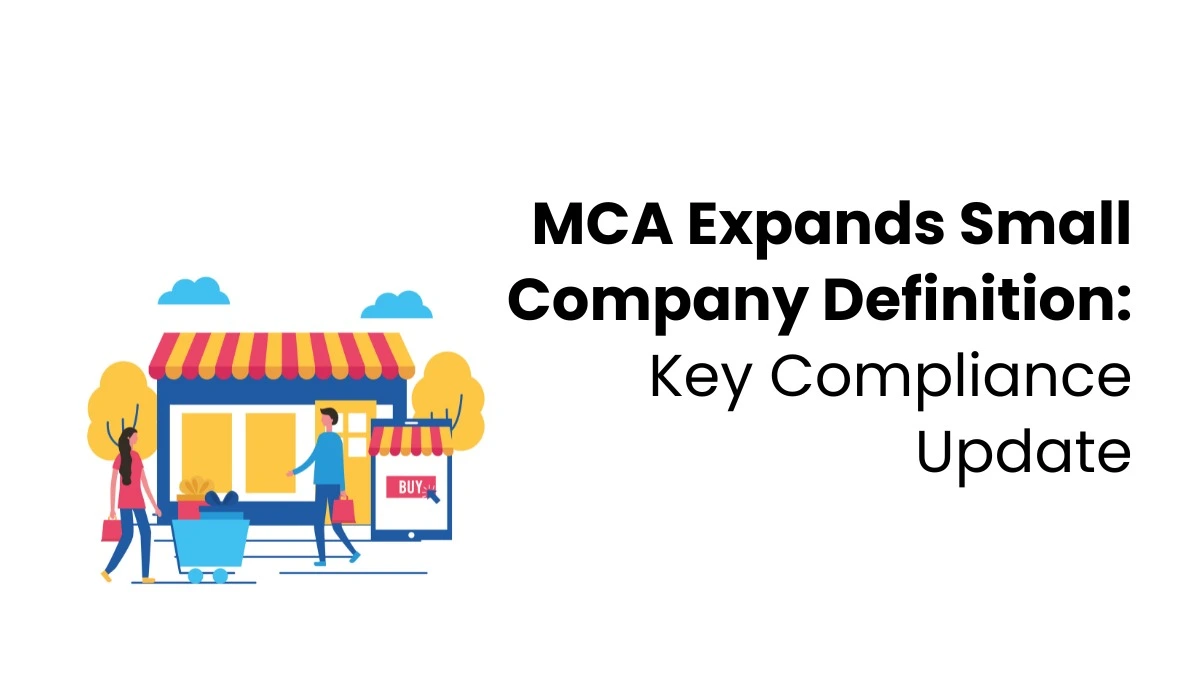A business requires cash at some point in its existence for several reasons. Although some costs can generate more revenues in the future, others are for short-term benefits. These expenses mainly occurred to make the business operation more effective in generating revenues. According to their use, expenses are divided into capital expenditures and revenue expenditures.
What is Capital Expenditure?
Costs assigned to the purchase, improvement, or maintenance of resources and equipment utilized over a long time are referred to as capital expenditures or Capex. This involves purchasing buildings, machines, furniture, patents, and licenses as part of the capital assignable expenses. In this way, CAECP affects its current and future cash flows and introduces a positive effect on any business.
Capital expenditure = Change in the value of PP&E + Depreciation.
The CAPEX is reported in the Cash Flow Statement and Balance Sheet under fixed assets. The cost of acquisitive assets differs from other expenses in that the former is capitalized and written down over time. This is the main reason that capital expenditures are differentiated from revenue expenditures.
Features of Capital Expenditures
Here are a features of how long-term assets are acquired through capital expenditure:
- Identify Needs: Determine what assets you need by looking at your current assets and planning for upgrades.
- Budget: Plan your budget, including costs for buying, installing, and legal fees.
- Approval: Get approval based on expected returns and how they fit your goals.
- Secure Funds: Arrange funding, either from internal sources or external ones.
- Execute: Buy or upgrade the assets and handle installations.
- Record and Depreciate: Record the asset on the balance sheet and depreciate it over time.
- Benefits: Expect improvements in efficiency and increased revenue.
- Monitor: Regularly check and maintain the assets for best performance.
- Assess ROI: Review returns on investment and adjust strategies as needed.
What is Revenue Expenditure?
Operating expenditure, or OPEX, focuses on the business’s cost to run its operations. These regular expenses enable the company to operate for the year but do not build or generate future value as an asset.
It includes items such as rent, wages, salaries, commissions, and shipping costs, as a few examples. These are the operational expenses incurred in running the business and whose main aim is to earn a profit.
Revenue expenditures come under the company’s Income Statement and, thus, are not reflected in the Balance Sheet. In contrast with capital expenditures, OPEX is not considered an asset or a depreciable item. These expenditures work as regular expenses and can be categorized as suitable for tax deductions.
Features of Revenue Expenditures
Here are the features of revenue expenditures for any company:
- Short-Term Benefits: Provides benefits that last only within one accounting period.
- Tax Deduction: Can be deducted from taxes in the same accounting period because it happens regularly.
- Improvement Areas: Helps identify areas needing improvement or changes for better operations.
- Cost Management: Used to manage company stock and control costs.
- Financial Analysis: Allows for horizontal analysis to understand the current financial situation.

Difference Between Capital Expenditures and Revenue Expenditure
Let’s read some of the difference between capital expenditures and revenue expenditures;
| Parameter | Capital Expenditure (CAPEX) | Revenue Expenditure (OPEX) |
| Purpose | For acquiring or upgrading long-term assets | For daily operational expenses |
| Time period | Long term | Short term |
| Occurrence | Non-recurring | Recurring |
| Capitalization | Possible | Not possible |
| Reported in | Cash Flow Statement | Income Statement |
| Cost | Higher | Lower |
| Depreciation | Levied on total expenditure | Not levied |
| Value addition | Adds value through assets | No long-term value addition |
Regarding capital and revenue expenditures, the main point of differentiation lies in the useful life of the asset that has been bought. Costs incurred on assets expected to have a useful life longer than an organization’s accounting period are referred to as capital expenditures, while costs incurred on assets expected to have a useful life less than an organization’s accounting period are referred to as revenue expenditures.
To learn more about accounting, check out Finprov Learning. Finprov offers short-term accounting courses and a variety of programs. Our best accounting courses online include CBAT, PGBAT, Income Tax, Practical Accounting Training, PGDIFA, DIA, GST, SAP FICO, Tally Prime, MS Excel, and more. Whether you’re a graduate or a professional, our well-designed courses ensure a thorough learning experience.
At Finprov, we focus on both theory and hands-on practical training to give you real-world skills. We also offer accounting professional courses to help you start your career after completing the courses. Contact Finprov today to explore accounting opportunities and enhance your knowledge for a brighter future.










